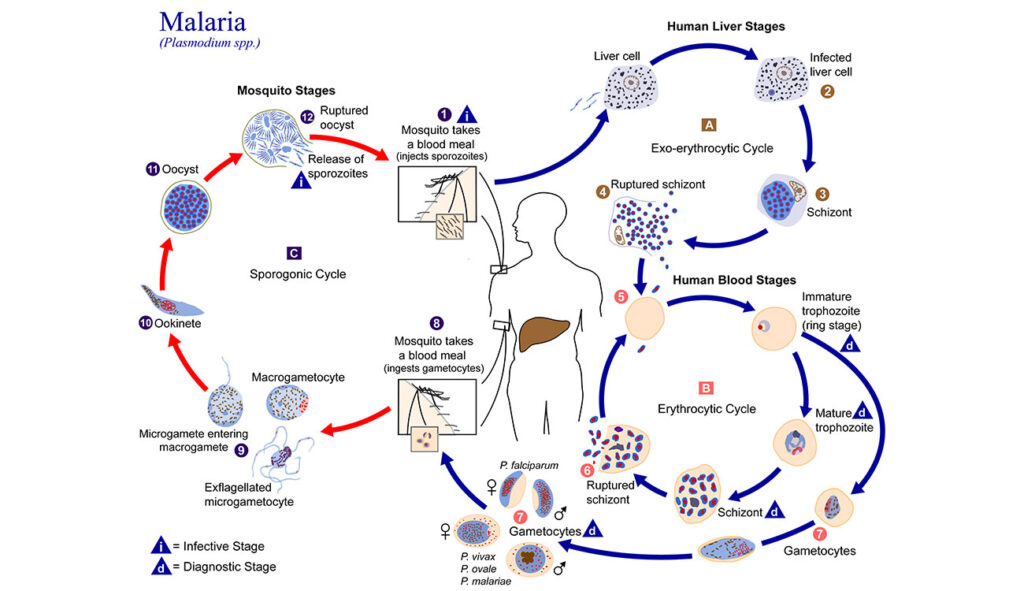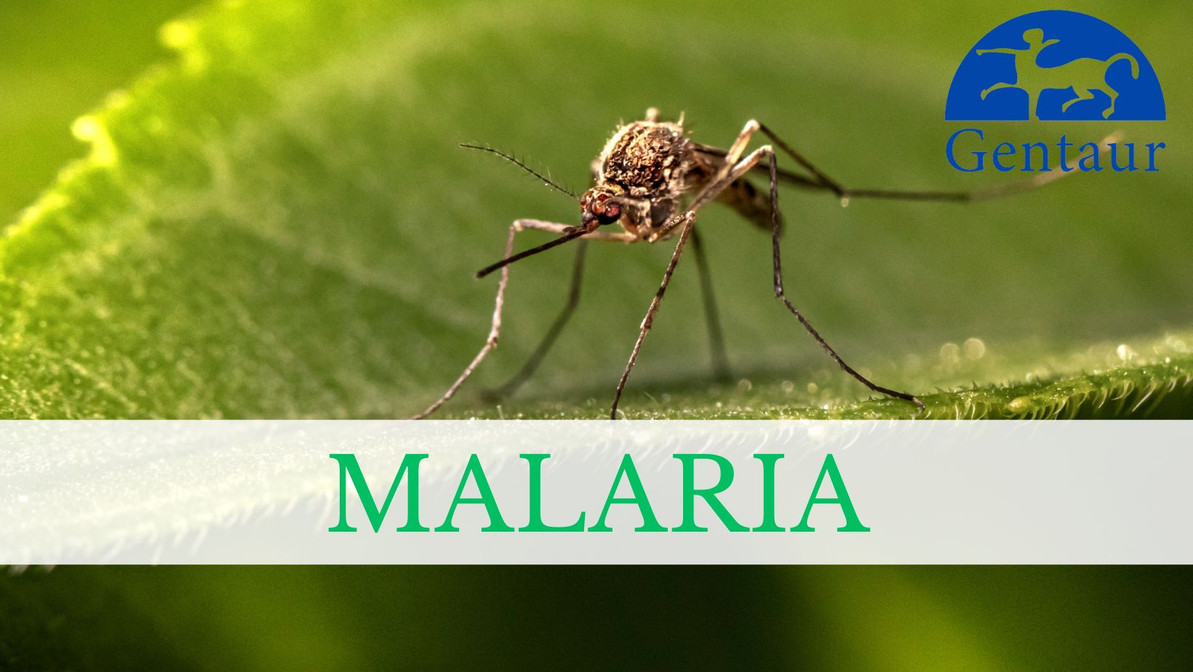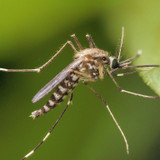Unveiling the Intriguing World of Anopheles: Exploring the Role of Mosquitoes in Public Health
Mosquitoes are perhaps one of the most notorious insects on the planet, often associated with itchy bites and annoying buzzing sounds. However, within the vast family of mosquitoes, there exists a genus that holds particular significance for public health: Anopheles. These mosquitoes are not just a nuisance; they are vectors for deadly diseases, most notably malaria.
Meet the Anopheles Mosquito
Anopheles mosquitoes belong to the Culicidae family and are distinguishable by their long, slender bodies and prominent proboscis. Unlike their counterparts, such as Aedes mosquitoes responsible for diseases like dengue and Zika, Anopheles mosquitoes have a preference for feeding on human blood. This behavior, combined with their ability to transmit parasites of the genus Plasmodium, makes them the primary vectors of malaria, a disease that continues to pose a significant threat to global public health.
The Role of Anopheles in Disease Transmission
Malaria is caused by Plasmodium parasites transmitted through the bites of infected female Anopheles mosquitoes. When an infected mosquito bites a human host, the parasites enter the bloodstream, where they multiply and cause symptoms ranging from fever and chills to severe complications such as organ failure and death. Despite decades of efforts to control malaria, it remains a leading cause of morbidity and mortality in many parts of the world, particularly in sub-Saharan Africa.
Anopheles Species Diversity and Distribution
The genus Anopheles comprises over 400 species, but not all of them are efficient vectors of malaria. The distribution of these mosquitoes varies widely, with some species endemic to specific regions while others have a more cosmopolitan distribution. Factors such as climate, habitat suitability, and human activities influence the abundance and distribution of Anopheles mosquitoes, ultimately impacting the transmission dynamics of malaria.

Strategies for Anopheles Control
Given the devastating impact of malaria on public health and socio-economic development, controlling Anopheles mosquitoes is paramount in the fight against the disease. Various strategies have been employed to reduce mosquito populations and interrupt malaria transmission, including:
- Insecticide-Treated Bed Nets: Long-lasting insecticidal nets (LLINs) provide a physical barrier against mosquito bites while also delivering insecticidal effects that kill or repel mosquitoes.
- Indoor Residual Spraying: Indoor spraying of insecticides targets resting mosquitoes and reduces their longevity, thereby decreasing their ability to transmit malaria.
- Larval Source Management: Targeting mosquito breeding sites, such as stagnant water bodies, with larvicides or environmental modifications disrupts mosquito development and reduces adult mosquito populations.
- Genetic Modification: Emerging technologies, such as genetically modified mosquitoes carrying sterile or insecticidal genes, hold promise for reducing mosquito populations and suppressing malaria transmission.
The Future of Anopheles Control
While significant progress has been made in controlling malaria, challenges such as insecticide resistance, ecological changes, and socio-economic factors continue to hinder efforts to eliminate the disease. Addressing these challenges requires a multifaceted approach that integrates vector control measures with improved healthcare infrastructure, community engagement, and research into new tools and strategies.
Conclusion
Anopheles mosquitoes play a pivotal role in the transmission of malaria, a disease that exacts a heavy toll on human health and well-being. Efforts to control malaria must focus not only on targeting the mosquitoes themselves but also on addressing the underlying socio-economic and environmental determinants of disease transmission. By understanding the biology and behavior of Anopheles mosquitoes and implementing effective control measures, we can move closer to achieving the goal of malaria elimination and improving the lives of millions of people worldwide.
Recent Posts
-
TDO Anopheles gambiae Recombinant Protein's Potential for Malaria Research: An Uncovered Story
Overview: With millions of cases reported each year, especially in areas where Anopheles mosqui …1st Apr 2024 -
Investigating Anobase: Revealing Anopheles Mosquitoes' Genetic Universe
First of all, Greetings and welcome to our blog, which focuses on examining the amazing realm of An …1st Apr 2024 -
Unveiling the Intriguing World of Anopheles: Exploring the Role of Mosquitoes in Public Health
Mosquitoes are perhaps one of the most notorious insects on the planet, often associated with itc …12th Mar 2024



